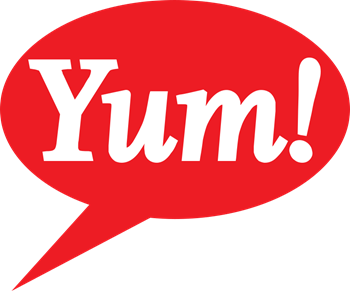Yum! Addendum
Yum! Supplier Transition - What to Watch For
This page illustrates where the SQF Code Edition 9 has a requirement not included in the Yum! Food Safety Audit or has a broader scope than the Yum! Food Safety Audit.
This guidance applies to the SQF Food Safety Code System Elements and the Good Industry Practices Modules for Food Manufacturing, Manufacture of Food Packaging, and Storage and Distribution.

SQF Food Safety Code: Food Safety System Elements:
Management Commitment (SQF Code requirement 2.1)
- Reporting structure in place to identify back-up personnel (2.1.1.3)
- SQF Practitioner and back-up required (2.1.1.4)
- Change management in the event of organizational or personnel changes (2.1.1.7)
Programs
- Document control program – (See SQF Code requirement 2.2.2)
- New product development program – (See SQF Code requirement 2.3.1)
- Contract manufacturer program (see SQF Code requirement 2.3.3)
Policies/Procedures
- Validation for raw materials (2.3.2.4)
- Supplier notification of changes (2.3.2.5)
- Rework handling, including allergens (2.4.6, 2.8)
- Product release procedures (2.4.7)
- Verification schedule (2.5.2.2)
- Product changeover procedures (2.6.1.2)
- Program testing for crisis management, food defense, and food fraud (2.6.4.2, 2.7.1.4, 2.7.2.4)
- Training skills register (2.9.2.3)
SQF Food Safety Code: Good Industry Practices
Premises Location and Approval
- Waste trap systems are in place (11.1.2.3)
- Appropriate design for pipes that convey product or water (11.1.2.5)
- Design and construction of windows, doors, ceilings, and catwalks (11.1.2.7 – 9)
- Light fixtures to be shatterproof (11.1.3)
- Requirements for when online inspections occur (11.1.4.1)
- Ventilation requirements (11.1.6)
- Specifications for equipment (11.1.7)
- Paint shall be used appropriately (11.2.1.8)
Pest Prevention
- Handling of food contaminated by pests (11.2.4.4)
- No animals are permitted on site (11.2.4.6)
Cleaning and Sanitation
- Validation of cleaning procedures (11.2.5)
Personnel Welfare
- Procedures in place in the event of an injury that causes spillage of bodily fluids (11.3.1.2)
Water, Ice, and Air
- Provisions in place when water is contaminated (11.5.1.2)
- No cross connections (11.5.1.5)
- Compressed air requirements (11.5.5)
Receipt, Storage, and Transport
- Stock rotation and shelf-life usage (11.6)
Handling of Waste
- Handling of discharge waste and liquid waste (11.8.1.3)
- Handling of trademarked material (11.8.1.6)
- Disposing of chemicals and handling chemical spills (11.6.4.6 – 7)

